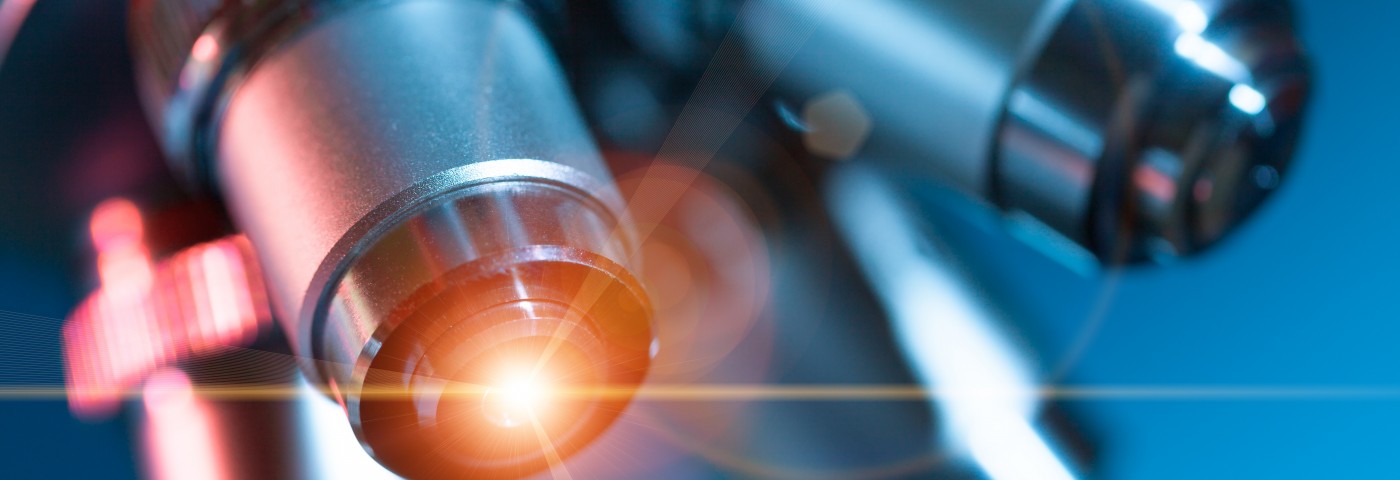An advanced 3D X-ray imaging technique was applied for the first time to idiopathic pulmonary fibrosis (IPF) patients, providing new insight into how this aggressive disease develops in the body. The study, “Three dimensional characterization of fibroblast foci in idiopathic pulmonary fibrosis,” was recently published in the journal JCI Insight.
IPF is a fibrotic lung disease that currently has no cure. It is characterized by progressive scarring of the lung tissue, which ultimately leads to death due to respiratory failure. Current methods to diagnose IPF rely on computed tomography (CT) scans or on microscopic analysis of lung biopsies.
Now, a research team led by Luca Richeldi from the University of Southampton in England used Microfocus CT to image biopsy samples, scanning tissues in great detail and taking thousands of two-dimensional images while rotating 360 degrees, allowing the researchers to view the tissue’s 3D microarchitecture.
“Whilst accurate diagnosis of IPF is essential to start the correct treatment, in certain cases this can be extremely challenging to do using the tools currently available. This technology advance is very exciting, as for the first time it gives us the chance to view lung biopsy samples in 3D,” Dr. Mark Jones, the study’s first author and a Wellcome Trust fellow, said in a press release.
The active scarring in IPF is caused mainly by proliferating fibroblasts that form aggregates, termed “fibroblast foci,” inducing tissue fibrosis. Given their role in the progression of this disease, new insights into the structure of these lesions may improve the current understanding of the pathogenesis and treatment of IPF.
In fact, contrary to previous beliefs that fibroblast foci were interlinked and progressed like a “wave” from the outside of the lung to the inside, the researchers showed that fibroblast foci are distinct structures that arise as a consequence of injuries in different sites of the lung. These findings will ensure that doctors will focus on these particular areas to develop targeted therapies.
“We think that the new information gained from seeing the lung in 3D has the potential to transform how diseases such as IPF are diagnosed,” Jones said. “It will also help to increase our understanding of how these scarring lung diseases develop, which we hope will ultimately mean better targeted treatments are developed for every patient.”

